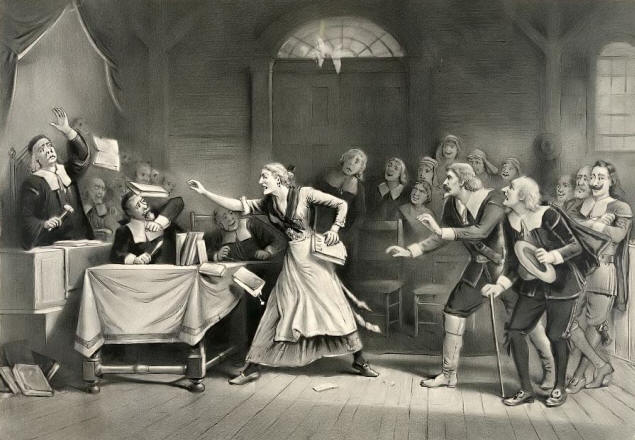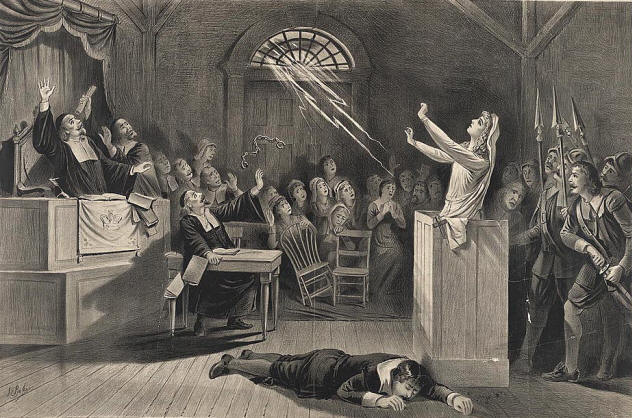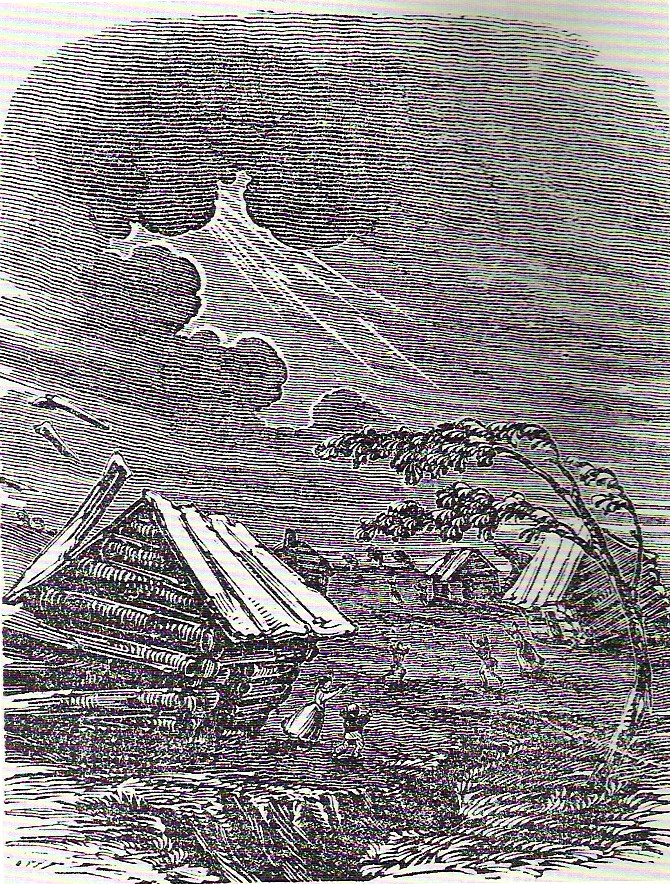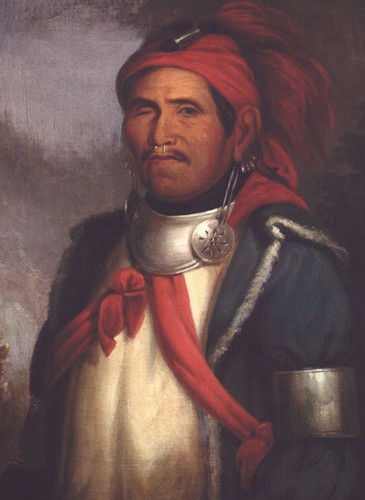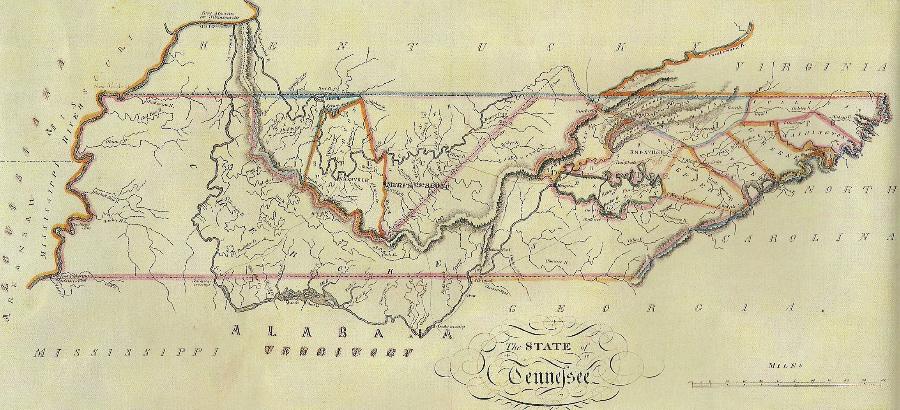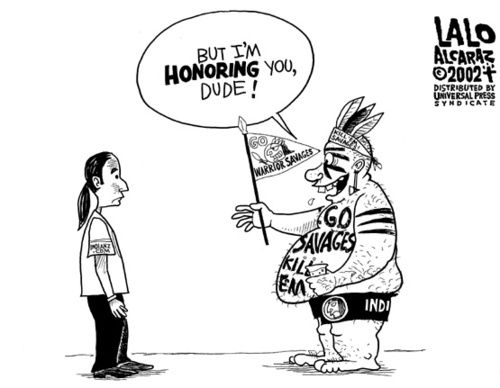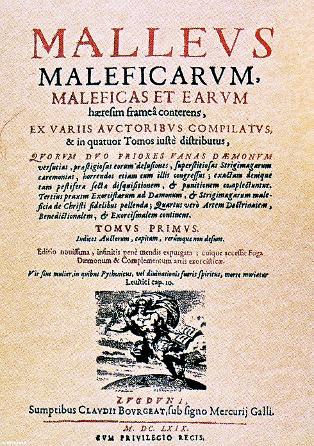Important events during the 1770s in what later became Carter County, Tennessee set the stage for development and settlement of the southern trans-Appalachian region.
Heaton's (or Eaton's) Station near downtown Nashville, Tennessee was an important early fortification for pioneers along the Cumberland River. The Metro Nashville area has a number of Prehistoric and Pioneer Settlement sites on the National Register of Historic Places.
The Meriwether Lewis Monument, now part of the Natchez Trace Parkway, is located near the intersection of Natchez Trace with Highway 20 in Lewis County southwest of Hohenwald. Here at the reconstructed Grinder House, the famous explorer died a few years after his trek across the continent with William Clark. The historic marker reads: "Beneath this monument erected under Legislative Act by the State of Tennessee, A.D. 1848, reposes the dust of Meriwether Lewis, a Captain in the United States Army, private secretary to President Jefferson, Commander of the Lewis and Clark Expedition, and Governor of the Territory of Louisiana. In the Grinder House, the runs of which are still discernible, 230 yards south of this spot, his life of romantic endeavor and lasting achievement came tragically and mysteriously to its close on the night of October 11, 1809."
Native American Mascots Collage, "Native American Mascots in Sports," by Michael Lewis and Manish Tripathi, Emory Sports Marketing Analytics
